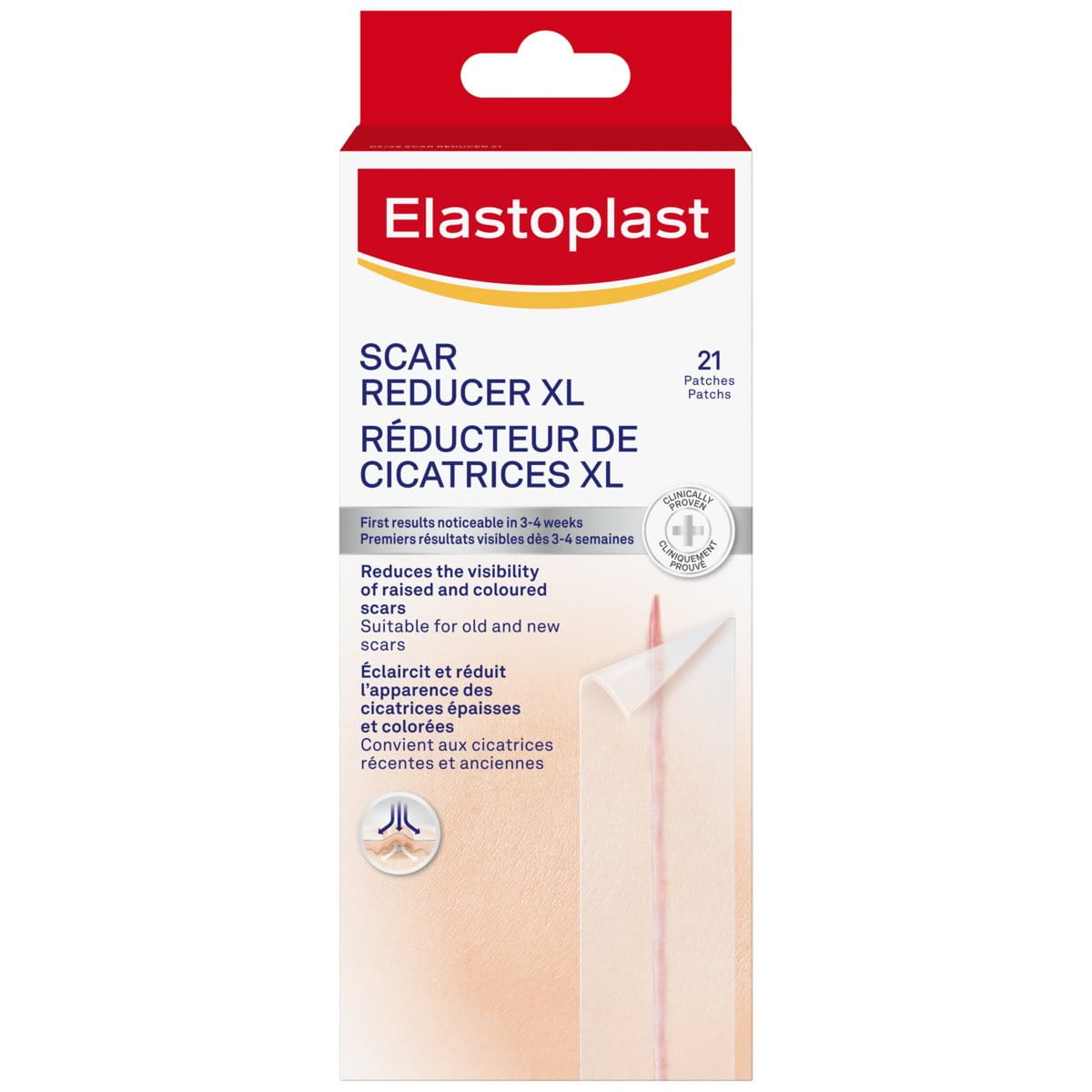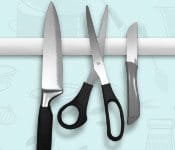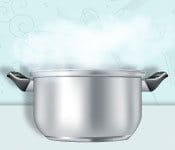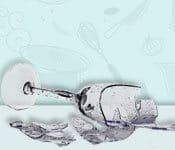Safety tips in the kitchen
Cooking is fun, it allows you to experiment and to be creative. But sometimes, things can turn out to be pretty different from what you had planned for. Your rice may turn gummy, you don’t get the pan hot enough before you add the food, or your caramel turns bitter… however, a resourceful cook can course correct almost any kitchen blunder. Real drama only strikes when an accident happens and you need to get food on the table. That’s why the smart cook works in an organised environment and makes sure safety comes first. There are a few ways to be smarter every time.
Here are some helpful tips...
Handling knives and preparing food
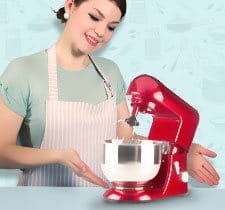
Invest in good quality tools
This is the secret of any good chef. Tools should be up to top standard, anything that does not function properly or knives that are dull should not have a place in your kitchen.
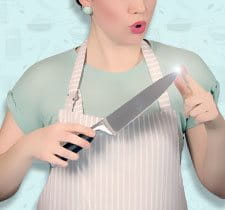
Cutting edge
Always make sure to keep your knives sharp: sharper blades cut better and don’t cause injuries as often. Sharpen them on a regular basis. Dull knives are dangerous and actually make cutting much more difficult. Of course you know that you should always cut away from your body when using a knife: It can slip and cut you.

Wet paper towel for a better grip
Not only are cutting boards that slide on the counter annoying, they’re extremely dangerous when you’re holding a knife and trying to chop something. Wet a paper towel and lay it under the board and it won’t budge, even with harder-to-tackle things such as pumpkin!
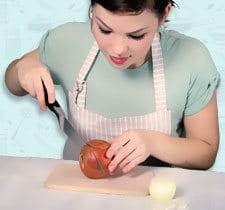
Make it flat
A good trick is to always cut the ends off onions, tomatoes, melons etc. (any food that does not stay stable on the cutting board) to give them a flat surface. This allows you to have complete control of the item as you chop.
A recipe for injury: When accidents are most likely to happen
The golden chef’s rule: Mise en place
This is the most important tip of all in the kitchen, and every professional chef sticks to it. “Mise en place” is French for “everything in place”. What it means? Always know where your required tools and ingredients are. And before you start cooking, be organised and have everything at hand: all your ingredients measured, peeled, chopped, pots out, pans greased, tools handy, spices and herbs within reach. This will keep you from getting confused and running around looking for the ginger grater or strainer while your meat is already about to burn in the pan.
Kitchen checklist:
Clever wound care products to have around the kitchen
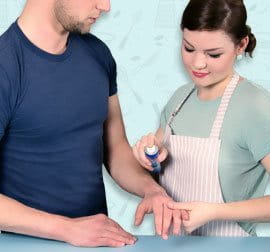
The new Elastoplast Fabric Waterproof is ideal, as it is the first flexible adhesive bandage that doesn’t get soaked. Check the Elastoplast range for other convenient essentials and solutions to have at hand, and store them in a kitchen drawer.
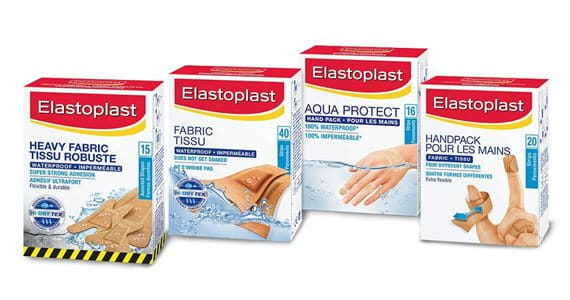
1. Elastoplast ELASTIC + Waterproof:
It’s flexible and strong, and won’t get soaked, so it will let you continue with all of your kitchen tasks - even if they involve water.
2. Elastoplast Heavy Fabric Waterproof:
It’s Ideal for the passionate cook as its innovative Hi-DRY TEX technology guarantees durable protection. The resistant flexible fabric dries quickly and doesn't get soggy while the super strong adhesion sticks reliably without leaving any residues.
3. Elastoplast Dressing Strips 6x10cm:
Can be cut to any size and shape
4. Aqua Protect Hand Pack:
Offers multiple adhesive bandage sizes for various little mishaps in the kitchen – and is perfect when working around water.
Last but not least – Some more tips for hobby chefs:
